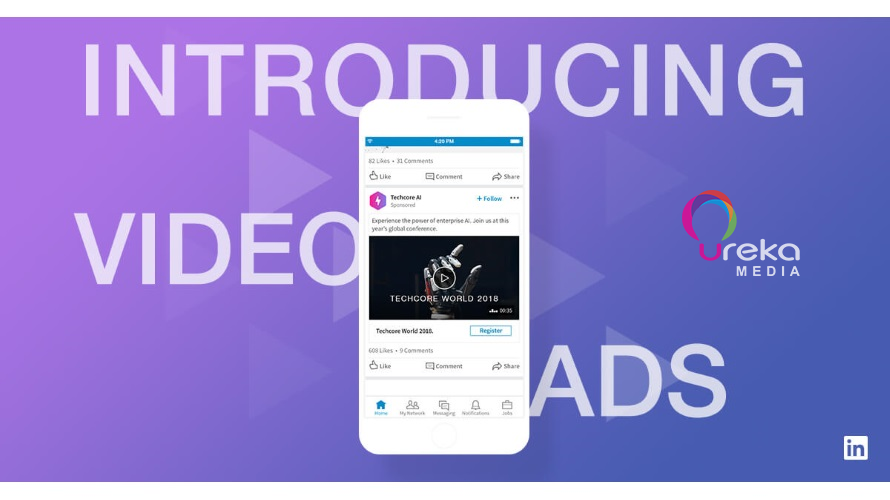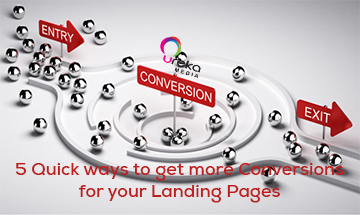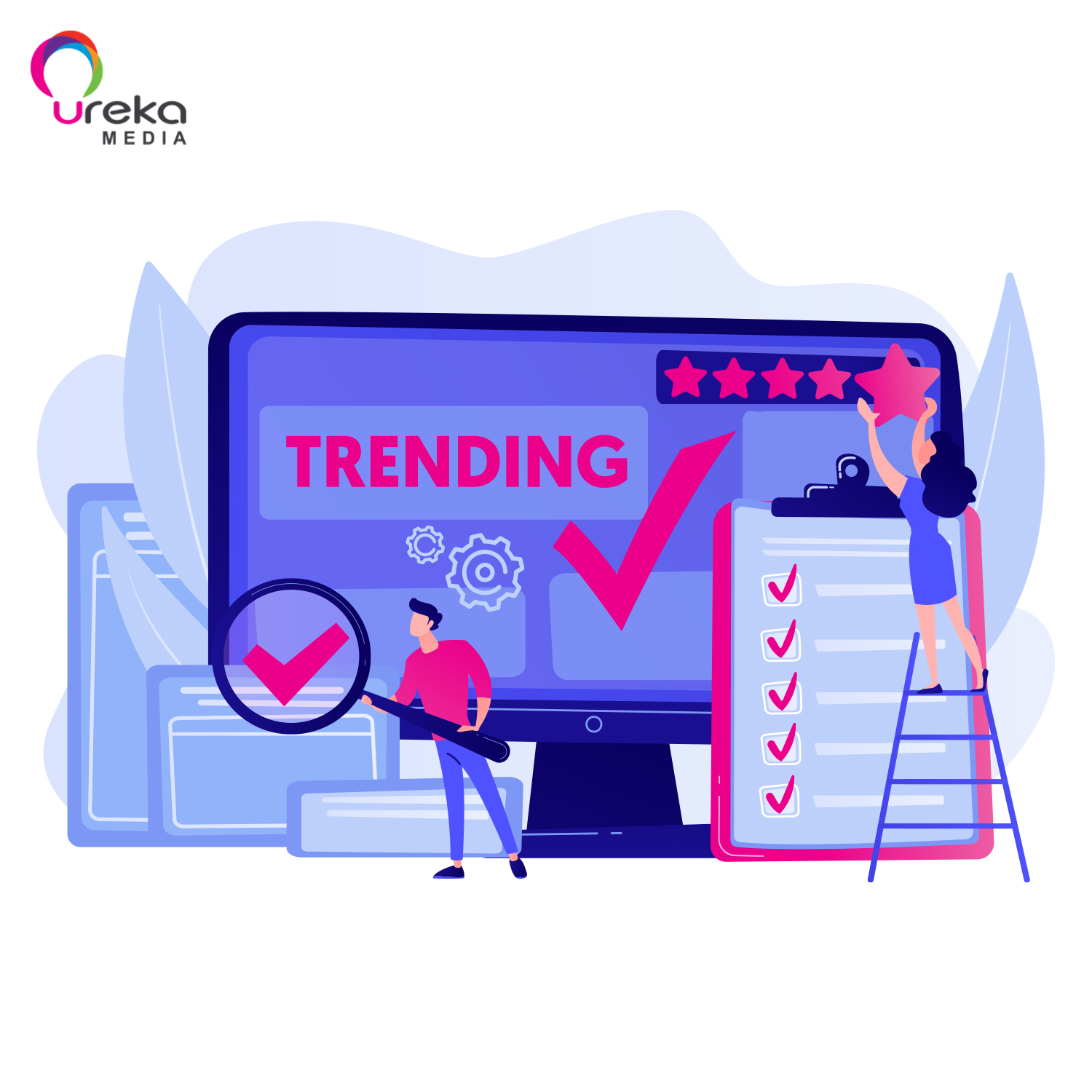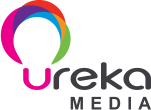


Make people SEE and REMEMBER the brand



Get people to UNDERSTAND and
WANT the brand



Change people's BEHAVIOR and
get them to CONVERT



Take care of people to CONVERT OFTEN and
ADVOCATE the brand
U News
LinkedIn Is Making In-Feed Video Ads Available to All Companies Soon
The professional network began beta-testing them last October

LinkedIn began beta-testing video for sponsored content last October, and the professional network is making it available to all businesses over the next few weeks.
More than 700 advertisers participated in the beta-test, including GE, Philips and Audi Canada.
LinkedIn Marketing Solutions product manager Phil Spitzer announced in a blog post that the new native video ads appear directly in LinkedIn’s feed as stand-alone posts, and they can help brands build awareness via rich, visual stories, drive traffic to their desktop or mobile sites and collect leads through a call-to-action button or the professional network’s Lead Gen Forms tool.
Periscope vice president of media Jen Brady was supportive of the announcement, saying that it was a long time coming. “It makes total sense for the active professional who’s on the go,” she said. “It’s great for business-to-business brands because they can insert thought leadership, instead of just advertising.”
LinkedIn’s b-to-b targeting capabilities enable advertisers to hone in on traits including job title, seniority, company, industry and skills, and its matched audiences options allow them to focus on their highest-priority accounts.
MediaCom chief digital and investment officer Steve Carbone said, “LinkedIn’s b-to-b targeting options are superior to what’s available on the other top social platforms, so this development is potentially good news. We would certainly test the new units in the hope that their performance could make them a viable part of clients’ plans at scale.”
Brady agreed, saying that LinkedIn has more accurate data filters than other social networks, as “people do want to be legit in terms of their professional information,” and adding that brands’ return and quality of placement “will definitely be much better” due to their ability to leverage LinkedIn’s professional data sets.
Advertisers will have access to insights on what types of professionals are watching, engaging with and converting on their video for sponsored content, and they can use LinkedIn’s conversion tracking tool to tally the number of leads, sign-ups, website visits and other actions generated by the ads.
LinkedIn also reached an agreement with Moat to provide third-party video measurement and viewability data, which will be available later this year.
An internal LinkedIn study found that more than 46 percent of b-to-b marketers believed finding a quality environment to reach decision-makers with video was a top challenge when running campaigns on other platforms.
“Brands need to remember their initial experiences developing video for the web: What worked on TV didn’t work well on Facebook, which didn’t work on Twitter and so on,” Carbone said. “It will be imperative that b-to-b advertisers interested in these units are prepared to create video customized for the LinkedIn environment and its users’ expectations. This will include making sure that all creative is optimized for mobile.”
Video ads are already well established on Facebook and Twitter, and Brady shared her theory on why it took LinkedIn so long to follow suit, saying, “My gut is that they wanted to do it right. When you screw up on the professional side, that’s a totally different world in which you have to regain your reputation.”
On the organic side, native video sharing will be made available to all businesses over the next few weeks.
LinkedIn introduced the ability for users to upload videos last August, and earlier this month, it added Snapchat-like filters and text styles, saying at the time that video was being shared 20 times more than other types of content.
Brady believes companies may embrace this new feature and use LinkedIn as their hub of information and content, rather than spending time enhancing their websites, and she saw this as an opportunity for LinkedIn to snatch some market share away from YouTube for videos from professional brands, business service brands, marketers and b-to-b companies.
Spitzer wrote in the blog post that company page video was five times more likely than other types of content to spark conversations among members after beta-testing the feature.
Source: David Cohen - Editor of Adweek's Social Pro Daily.
Related Post
Recent Post

![[PERFORMANCE BASED ADS]APPLICATIONS OF ARTIFICIAL INTELLIGENCE IN MARKETING DATA ANALYSIS](https://urekamedia.com/uploads/uploads_image/20180418/20180418212416_61085.jpg)

![[Performance Based Ads] 4 Ways B2B Marketers Should Be Using Mobile Video](https://urekamedia.com/uploads/uploads_image/20180424/20180424121153_88673.png)
.jpg)






